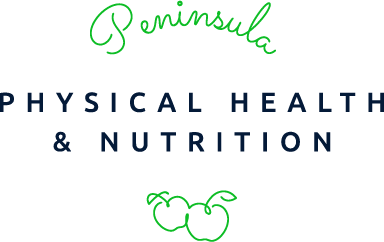Diabetes
Diabetes is a chronic health condition that is characterised by higher than usual blood sugar levels. Sugar from the food we eat converts into energy in our cells, with the assistance of a hormone called insulin. In people with diabetes, their body is not producing insulin (Type 1), not producing enough insulin or their insulin is not working efficiently (Type 2). This results in sugar remaining in the bloodstream, rather than being converted into energy in our cells. The result is higher blood sugar levels than considered normal. High blood sugar levels can result in further damage to our bodies. This is why it is important to improve your levels through diet and lifestyle changes.

The different types of diabetes

Type 1 Diabetes is when the body is no longer able to make insulin. As a result of this, the body is unable to turn glucose (sugar) into energy. Instead, the body uses fat to produce energy causing high levels of a dangerous substances to accumulate in their blood, leading to ketoacidosis, which is a potentially life threatening condition. For people with Type 1, the use of insulin can help to prevent this dangerous chemical build up.

Type 2 Diabetes is the most common form of diabetes and affects about 85-90% of all people with diabetes. It is more common in older individuals, but can occur in anyone. In people with Type 2, their body’s ability to produce insulin is impaired or their body does not use the insulin being produced effectively. Risk is increased in individuals who are overweight or obese, have high blood pressure, poor diet and low physical activity levels.

Under the heading of ‘pre-diabetes’ are two conditions:
- Impaired Fasting Glucose – when blood glucose levels are higher than normal after an eight hour period of fasting.
- Impaired Glucose Tolerance – following an Oral Glucose Tolerance Test, the two-hour blood glucose reading is higher than normal, but not high enough to classify as either Type 1 or Type 2.
People diagnosed with pre-diabetes can prevent this progressing to the full disease by correct diet and lifestyle management.

Latent autoimmune diabetes in adults (LADA), also known as ‘late onset’ or ‘Type 1.5’, is a form of Type 1 Diabetes that occurs in adults with a delayed onset. LADA is often initially diagnosed as Type 2 but there is no strong family history or other risk factors such as overweight, obesity, high blood pressure or inactive lifestyle. Treatment is initially with oral medications, which is not sufficient long term and inevitably insulin will need to be administered.

Gestational diabetes occurs when higher than normal blood glucose levels appear for the first time during pregnancy. This most commonly occurs around the 24th to 28th week of pregnancy. Following the birth of the baby, the mother’s blood glucose levels usually return to normal, but there is an increased risk that Type 2 will develop later in life. The administration of insulin is common in women with gestational diabetes.
How can PPN dietitians help you to manage your diabetes?
Our dietitians help in managing all type of diabetes and can provide education about:
- The different types of diabetes and how different foods can affect your blood sugar levels.
- Meal and snack suggestions appropriate for diabetics.
- Glycaemic index and the benefits of low GI foods.
- Carbohydrate counting and recommended quantities for meals.
- Matching your insulin administration to your carbohydrate intake.
- Preventing, managing and treating hypos.
- Managing blood sugar levels throughout all aspects of life, including during exercise.
- Optimising blood sugar levels through weight reduction.




